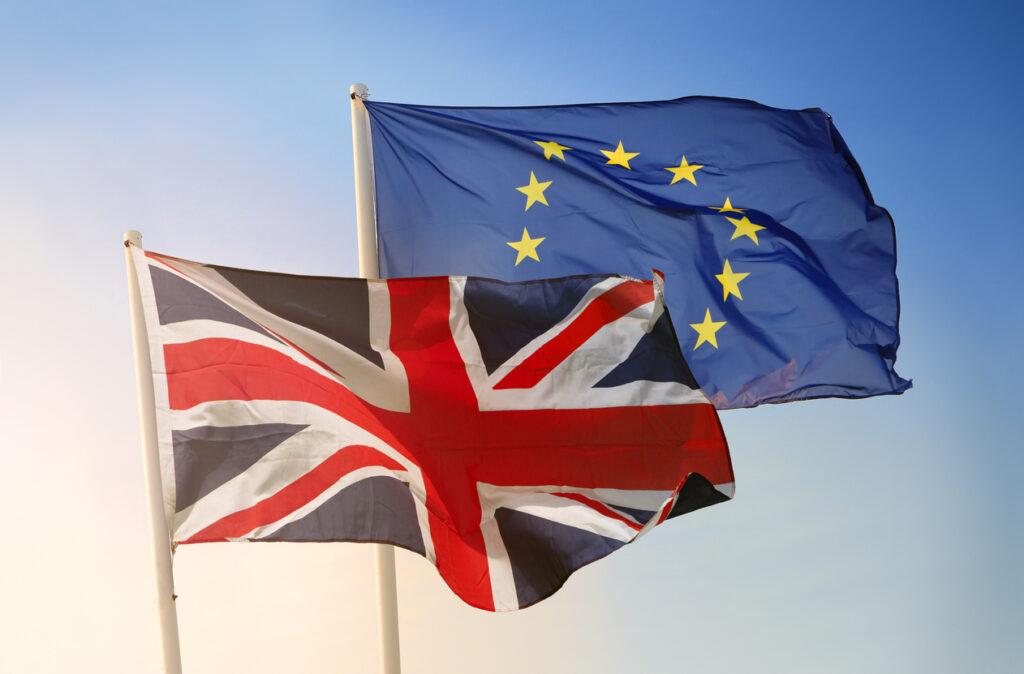Find out what the Brexit White Paper means for your business and how to prepare your teams for the impending changes.
The highly anticipated and much delayed Brexit White Paper was finally published by the government this July, over two years since the referendum vote. However, in terms of any concrete details on immigration and employment issues, there is in fact very little included.
This article will assess what is actually said and flag some practical points that HR teams may wish to consider in light of this.
Immigration
Free movement will continue until 31 December 2020
Whilst the White Paper does state repetitively that free movement will end with the UK’s exit from the EU, it’s important for employers to remember that the draft Withdrawal Agreement agreed between the EU and the UK in March 2018 includes provision for free movement to continue until the end of the transition period on 31 December 2020.
This means that an EU national will still be able to come to the UK on the basis of their European passport to work, study, set up as self-employed or be ‘self-sufficient’ in the UK up until 31 December 2020.
Reciprocal mobility arrangements
The White Paper talks about the UK government seeking reciprocal mobility arrangements with the EU – in particular, in the context of:
- Intra-company transfers: the government acknowledges that businesses rely on the ability to move talent between offices, train staff and deploy expertise where required and will seek reciprocal mobility provisions based on the current intra-company transfer route for non-EEA nationals.
- Visitors: allowing citizens to travel freely without a visa for tourism and business visits and for this to be as streamlined as possible.
- Students and young people: continuing to give young people the ability to study at leading universities, including cultural exchanges, such as the student exchange Erasmus programme. It also proposes a UK-EU youth mobility programme akin to the one already in place for non-EEA nationals under the Tier 5 (Youth Mobility Scheme).
These proposals do sound promising for employers. However, with scant detail of what is actually envisaged, employers shouldn’t be overly optimistic at this stage.
What’s ahead?
The White Paper suggests that the government does not have a clear plan on what will replace the free movement provisions after 31 December 2020.
It reminds us that the Migration Advisory Committee is due to report in September 2018 and it also reassures us that ‘further details of the UK’s future immigration system will be set out in due course’.
However, no defined timescale is provided for when these further details will be available. Without this it’s impossible for employers to plan their pipeline recruitment strategies.
Arguably, one of the glaring omissions from the White Paper is any mention of what will happen in relation to lower-skilled European workers.
If you haven’t already, audit all non-UK employees to assess who may be impacted by Brexit, including those in the UK as family members of EEA nationals.
If there is no particular provision in the UK’s future immigration system for this category, it is highly likely to result in a recruitment crisis in some sectors.
Businesses that rely heavily on a European workforce, for example in the hospitality, healthcare or agricultural sectors, are likely to be particularly hard hit.
Whilst the Tier 2 sponsorship category currently enables employers to sponsor non-EEA nationals, this is only applicable for skilled professional and managerial roles.
Employment
The White Paper contains very little content relating to employment. It simply confirms Theresa May’s intention to maintain current employment rights and the government’s belief in the importance of strong labour protections.
The White Paper recognises that the UK already exceeds EU minimum standards in a number of employment related areas, including parental leave and flexible working arrangements, and confirms that existing workers’ rights enjoyed under EU law will continue to be available under UK law on the day of withdrawal from the EU.
The UK’s proposal is that the UK and the EU commit to the non-regression of labour standards.
However, as this proposal does not require the UK to implement new EU legislation introduced after Brexit, there are concerns that this may result in UK workers’ rights falling behind those of their European neighbours.
In the short term, however, the White Paper indicates little change for workers and their employers.
What can HR teams do now to mitigate the impact of Brexit?
- If you haven’t already, audit all non-UK employees to assess who may be impacted by Brexit, including those in the UK as family members of EEA nationals. There may be applications they could submit now (e.g. for Permanent Residence or naturalisation as a British citizen) that would secure their UK residency.
- Assess how reliant your business is on a European workforce and start to consider alternative recruitment pools, particularly for lower-skilled roles that wouldn’t qualify for Tier 2 sponsorship.
If your business does not already hold a Tier 2 sponsor licence, consider whether it should look into the possibility of applying for one sooner rather than later to enable it to sponsor individuals for skilled roles going forward.
Want to learn more about this topic? Read Brexit and business planning: do you know who your workers are?










